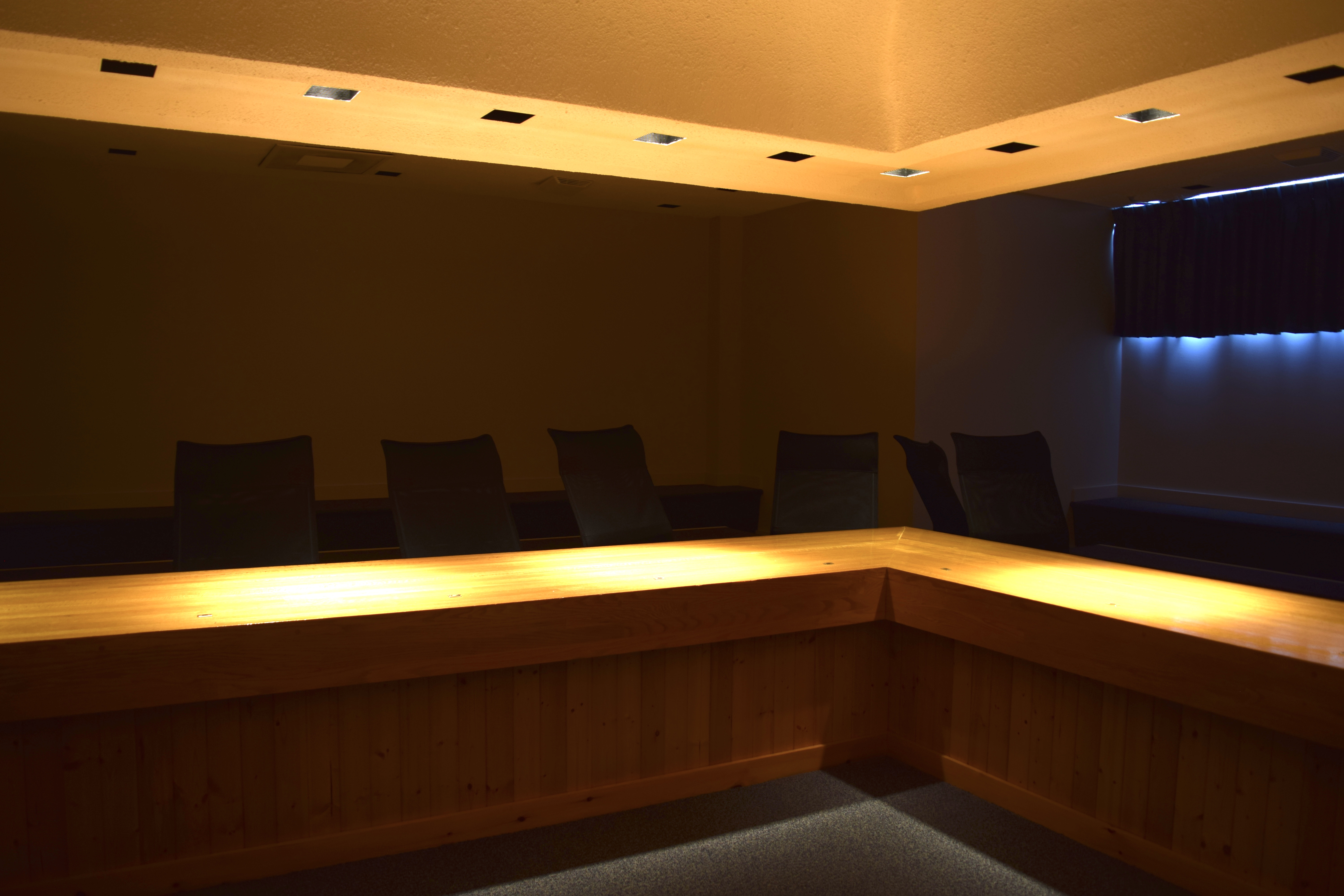Earlier this year, Acadia University announced the difficult decision to close its nearly 6-decade old pool and all programs associated effective June 15, 2025. The primary reason for the shutdown is consecutive annual budget gaps, with the latest roughly $400,000. A large part of the figure consists of the annual budget for Acadia’s swimming team, including expenses like travel costs, athlete scholarships and coaching fees. These annual expenses are dwarfed in comparison to the cost of fixing the old pool, with estimates being in the $5-to-7-million range. This decision was faced with immense backlash from both the student and local community. An online petition calling for the reopening of the pool that began shortly before its closure now has over 8,300 signatures. However, despite outrage in the local community and public calls, petitions and rallies, the university held its ground and continued with the planned shutdown on June 15.
Closing the pool has also meant disbanding the university’s swim team. Acadia’s roster included nearly 50 students who used the pool to fulfill their passion and represent their university in sports. This decision has disrupted the academic journey of many of these athletes, with some taking hasty transfers to swim teams of other universities to avoid having to give up their passion. Such transfers can mean emotional and social stress for athletes, especially those who ended up quitting their studies at Acadia midway and leaving their friends and family in the valley to pursue their passion elsewhere.
Local organizations like the Wolfville Tritons Swim Club have felt the impact of the pool closure. The Acadia Pool served as a closer and cheaper alternative to surrounding facilities in the area. S.M.I.L.E, the Sensory Motor Instructional Leadership Experience, is just one program facing the effects of the pool closure. S.M.I.L.E. is a community run nonprofit program in Annapolis Valley that provides affordable sensory motor activities and swimming lessons for children with disabilities.
The university in its announcement implied that the shutdown would not affect the program much due to its successful history of operating without the pool during previous extended closures. However, previous closures were temporary and had much more prior notice than the current permanent and hastily announced shutdown. This will affect the program as there is a limit to how much the program can adjust for a short term planned closure compared to a permanent one.
The shutdown also had a toll on the large community of seniors who saw the pool as a way of life, and key to maintaining their health. These effects were voiced on major national news outlets like the CBC news by Shirley Marston, a 91-year-old, who had been regularly swimming at the pool for nearly four decades, and now will have to seek a farther away option to maintain her routine and health. This will pose a challenge as the nearest indoor pool facilities are in Windsor, Waterville and Greenwood.
The Save Acadia Pool petition has gained more than 8,300 signatures, demonstrating that there is support for a pool in the Annapolis Valley. A no cost option was offered by Swim Nova Scotia, the governing body for all the swim clubs in the province, to keep the pool open while a new facility is planned.
However, this offer was declined by Acadia.
While the closure of Acadia’s pool has had its toll on many communities. This decision reflects the gravity of the financial challenges faced by not only Acadia but all post-secondary institutions in the province in managing their aging facilities.
Whether the future brings efforts to revive and preserve our invaluable facilities like the Acadia Pool across the province or investment in new public infrastructure, it brings into focus the importance of discussing the financial stability of our post-secondary institutions so that both community needs and institutional stability are taken into account while developing and enforcing policy.




